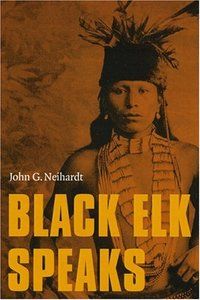
In the previous post we saw how Clarke W. Owens (Son of Yahweh: The Gospels as Novels) drew the inference that the evangelists created the type of Jesus they did because of the impact of the Jewish War.
Just as the Jewish people and their centre of worship had been destroyed through fire and mass crucifixions, and just as many were subsequently finding new hope and a new life in Christianity, so Jesus, the suffering servant who was resurrected, was a personification of the ideal Israel. That would explain why Jesus was depicted as the Temple, destroyed physically but restored spiritually; why he was depicted as an antitype of Israel thrust into the wilderness for forty days; and why hosts of other such allusions were attached to him.
There are additional supports for Owens’ inference.
One of these is the nature of messianism “as a cultural survival tactic”. He writes
Messianism as a cultural survival tactic is attested to as recently as 1889, when the Lakota people . . . were threatened with extinction.
The Jewish people were being threatened with “cultural extinction” with the destruction of the physical and ideological centre of their cult along with the rest of the bloodshed. Owens quotes the 8th, 9th and 10th paragraphs of the Messiah chapter from Black Elk Speaks to
[demonstrate] the same sort of collective, cultural need and motivation described by Spong, Josephus, and other writers who describe or acknowledge the effect on the Jewish War on the First Century Jews.
A book I read many years ago reflects similar social responses to distress, although at a class level rather than a cultural survival one. The Pursuit of the Millennium by Norman Cohn is a fascinating study of millennial movements among distressed peasantry of Europe through the Middle Ages.
Continue reading “Constructing Jesus and the Gospels: Messianism and Survival post 70 CE”
